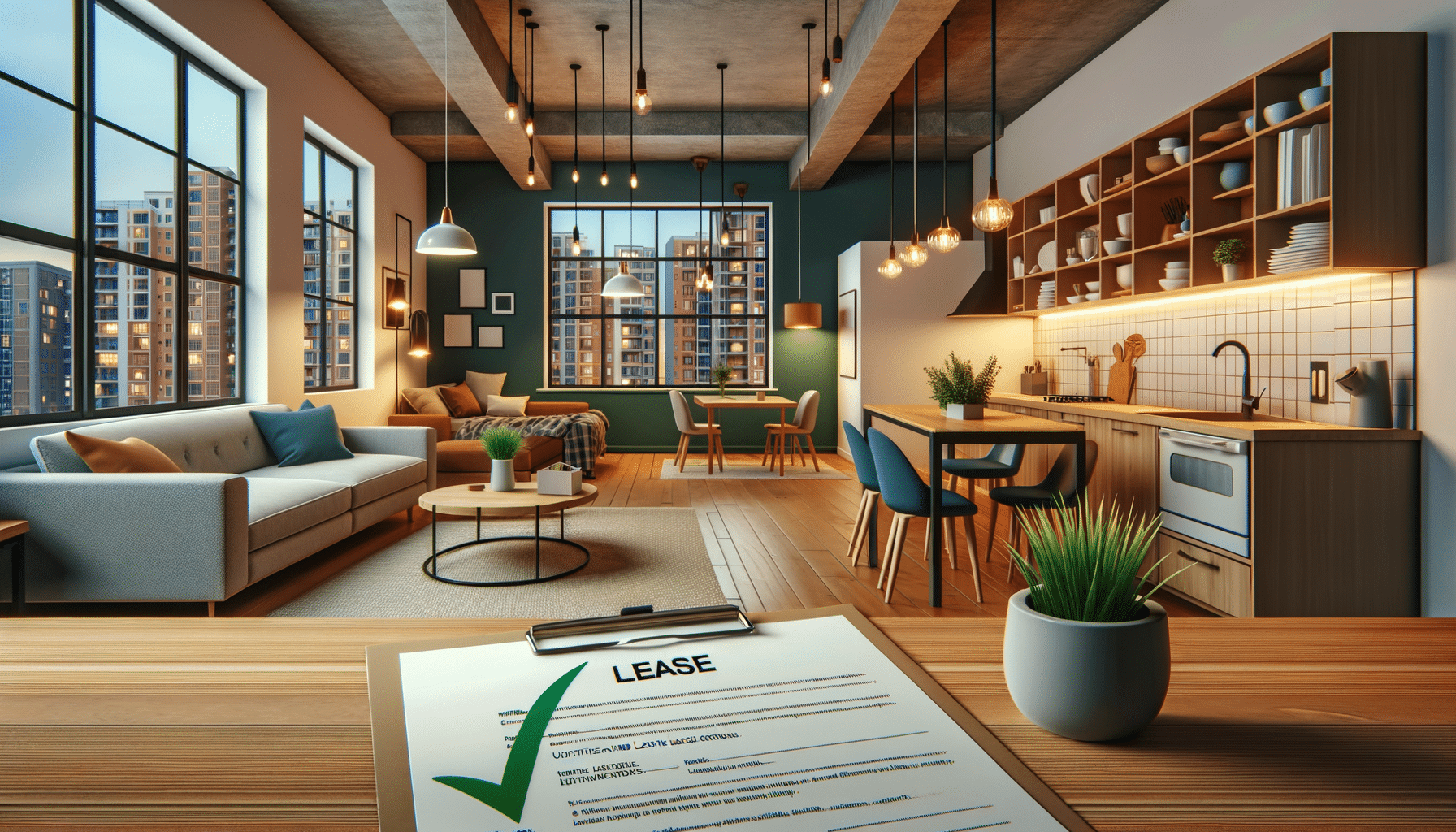
Budget-Friendly Renting: Discover Affordable Apartments with Utilities and Flexible Lease Options
The Importance of Finding Affordable Apartments
In today’s economic climate, finding affordable apartments for rent is a priority for many individuals and families. The rising cost of living, coupled with stagnant wages, has made it increasingly challenging to secure housing that fits within a budget. Affordable housing not only provides financial relief but also contributes to a sense of stability and security. It is essential for renters to explore various options to ensure they find a place that meets their needs without breaking the bank.
One of the primary benefits of affordable apartments is the ability to allocate funds to other essential areas of life, such as education, healthcare, and savings. By reducing housing costs, individuals can achieve a more balanced financial situation. Additionally, affordable apartments often come with the advantage of being located in diverse neighborhoods, offering cultural richness and community support.
Moreover, the search for affordable apartments encourages renters to become more resourceful and discerning in their choices. This process involves evaluating factors such as location, amenities, and lease terms, ensuring that the chosen apartment aligns with both financial constraints and personal preferences. As such, the pursuit of affordable housing can lead to a more informed and empowered rental experience.
Understanding Utilities Included in Rent
When searching for apartments, one appealing option is finding a place where utilities are included in the rent. This arrangement simplifies budgeting by consolidating housing and utility expenses into a single monthly payment. For many renters, this convenience outweighs the potential for slightly higher rent costs.
Utilities typically covered in such arrangements include water, electricity, gas, and sometimes internet and cable services. Having these expenses included can provide peace of mind, knowing there won’t be unexpected fluctuations in monthly bills. This is particularly beneficial for those living in areas with extreme weather conditions, where heating or cooling costs can vary significantly.
However, it’s crucial to understand the specifics of what “utilities included” entails, as it may vary from one apartment to another. Renters should ask landlords for a detailed breakdown and inquire about any usage caps. Additionally, while utilities included can offer convenience, it’s important to consider the overall cost in comparison to apartments where utilities are paid separately. This analysis can help determine if the convenience justifies the expense.
Exploring Flexible Lease Options
Flexible lease options are another significant consideration for renters seeking budget-friendly apartments. Traditional leases often require a commitment of one year or more, which may not suit everyone’s lifestyle or future plans. Fortunately, many landlords now offer more adaptable leasing terms to accommodate diverse needs.
Short-term leases, month-to-month agreements, and even lease-to-own options are becoming more common. These alternatives provide renters with the flexibility to adapt to changing circumstances, such as job relocations or personal life changes, without the burden of breaking a long-term lease.
While flexible leases offer greater freedom, they might come with slightly higher rental rates due to the increased risk for landlords. Nonetheless, the benefits of adaptability and reduced commitment often outweigh the additional cost. Renters should carefully weigh the pros and cons of flexible lease options and consider how they align with their long-term housing goals.
Comparing Costs: Urban vs. Suburban Living
Choosing between urban and suburban living is a significant decision for those seeking affordable apartments. Each option presents distinct advantages and challenges, particularly in terms of cost and lifestyle. Urban areas typically offer proximity to work, entertainment, and public transportation, which can reduce commuting expenses and time.
However, urban apartments often come with higher rent prices due to demand and limited space. In contrast, suburban areas may offer more spacious apartments at lower prices, though this can be offset by higher transportation costs and longer commutes.
When evaluating these options, renters should consider their priorities, such as the importance of space versus convenience. Additionally, exploring emerging neighborhoods in urban areas or well-connected suburbs can offer a balance of affordability and accessibility. Ultimately, the decision should reflect personal preferences and financial goals.
Tips for Finding Budget-Friendly Apartments
Finding budget-friendly apartments requires a strategic approach and a willingness to explore various resources. Here are some tips to help streamline the search:
- Utilize Online Platforms: Numerous websites and apps specialize in apartment listings, allowing users to filter by price, location, and amenities.
- Network Locally: Word of mouth can be a powerful tool. Inform friends, family, and colleagues about your search, as they may know of available rentals.
- Consider Roommates: Sharing an apartment can significantly reduce costs and provide companionship.
- Negotiate Lease Terms: Don’t hesitate to discuss rent prices and lease terms with landlords. Some may offer discounts for longer commitments or early payments.
- Be Open to Different Areas: Expanding your search to include less popular neighborhoods can uncover hidden gems that are both affordable and appealing.
By following these tips and maintaining a flexible mindset, renters can increase their chances of finding an apartment that meets both their budgetary and lifestyle needs.


